VIS431: Thesis Project
These thesis projects were created by fourth-year undergraduates in the Visual Studies program.
Bethea Ramos
Perla Oriente
Textile waste (silk, satin, cotton, tulle, wool), balikbayan box
Varying sizes
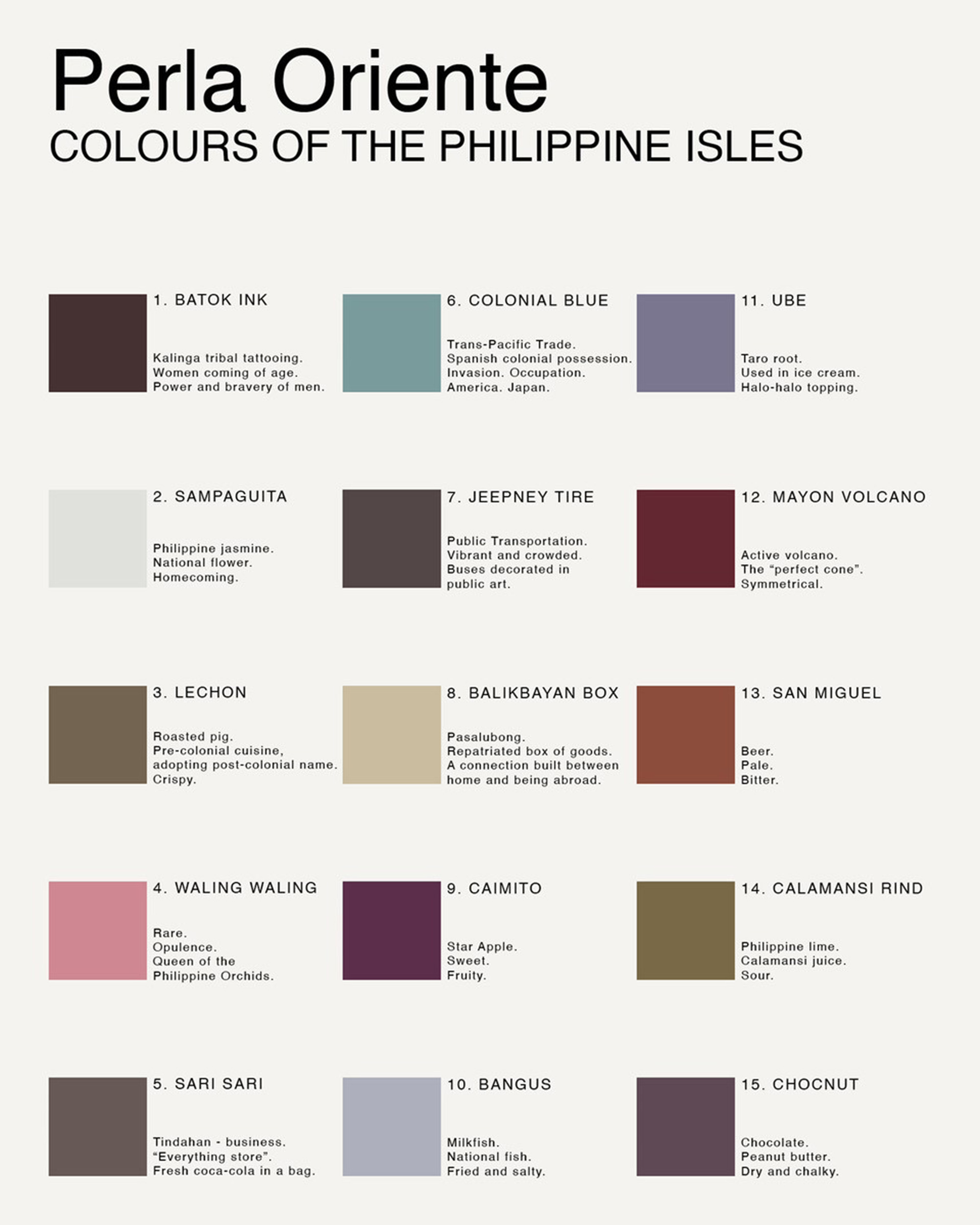
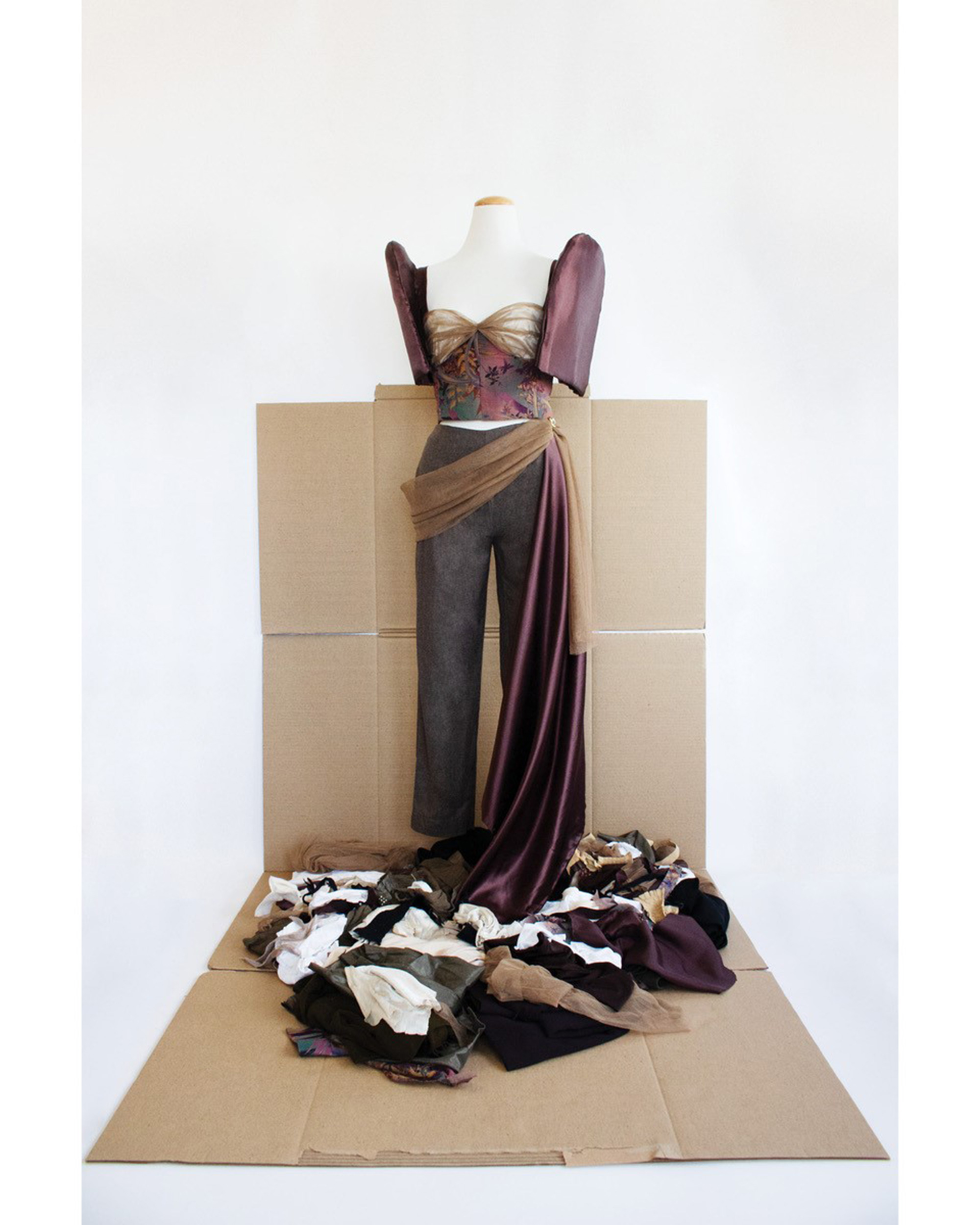
Throughout her final year at the Daniels Faculty, Bethea Ramos explored the use of textile and material waste through a variety of assemblage methods. For her final thesis work, Bethea's goal was to create the Philippine national costume using found/thrifted material. The piece is entirely hand sewn, with little sewing knowledge and skill. The final installation shows the finished work surrounded by the waste from which it came, as well as the waste it created post-production. The piece highlights the importance of environmental awareness and the need to change current consumer habits. This work is the result of cumulative research, firsthand experiences working in retail, and visits to the “ukay ukay” markets in the Philippines.
Yuming He
have you ever seen the wind?
Hand-woven textile
Approx. 200cm x 130cm
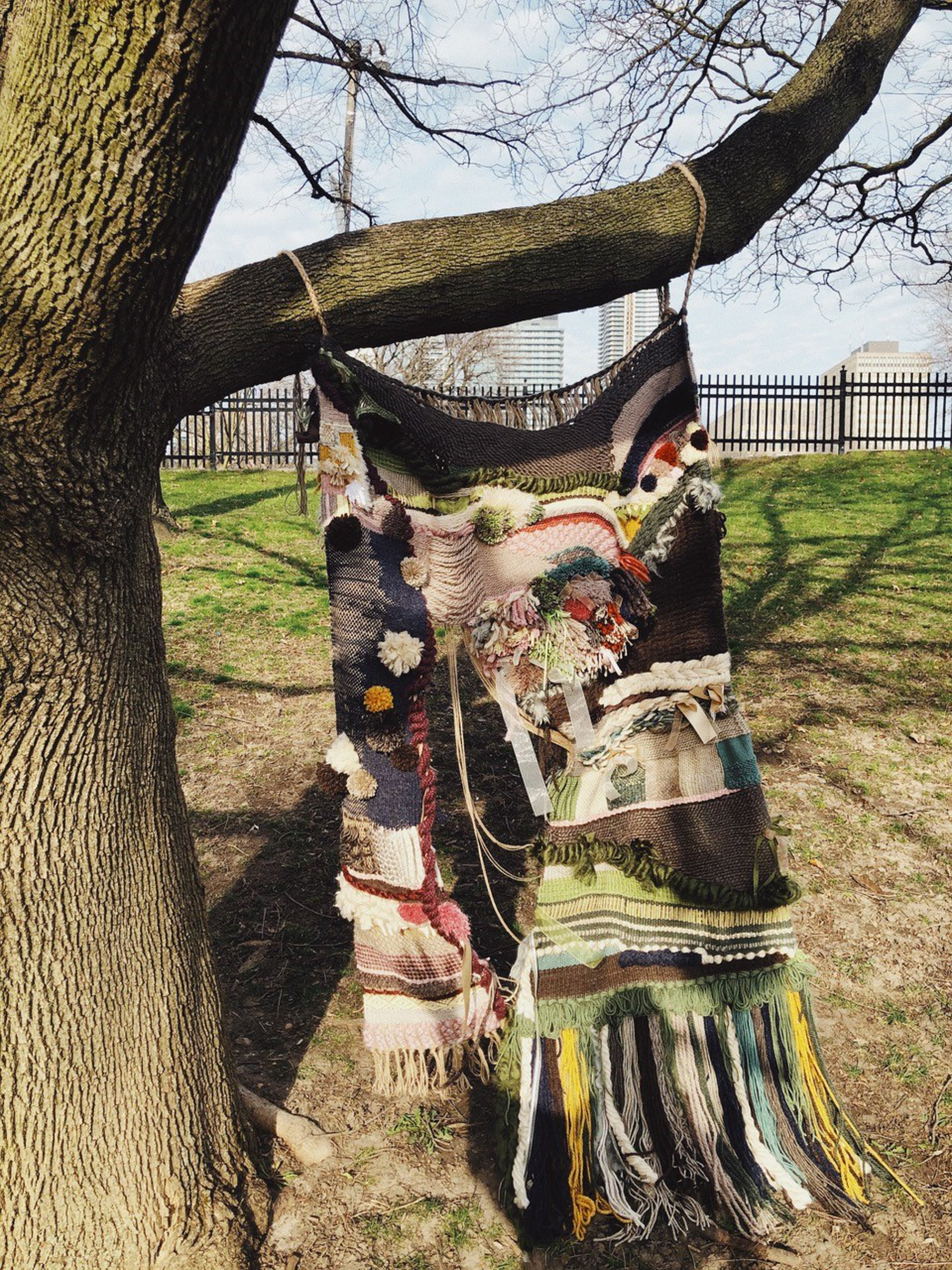
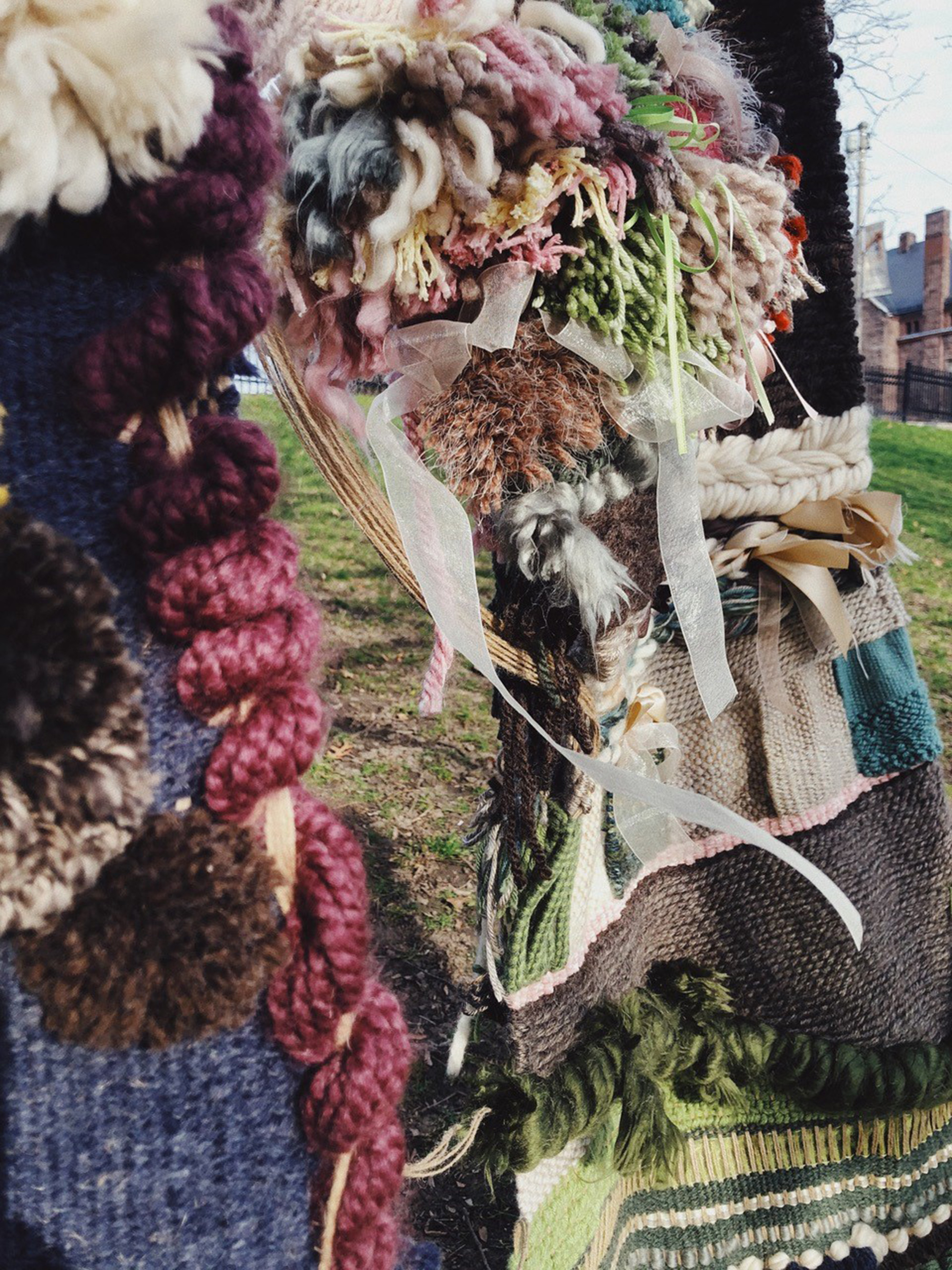
As a Chinese person who has been in Canada without the company of her family since the age of 15, Yuming He is interested in differences: variation within cultures, confusions and privileges caused by languages, how experience affects choice and understandings, and the double-sidedness of relation. She grounds her practice in installation, photography, artist multiples, and publications. Manufacturing heavily influences these works, from industrial processes, to digital user-driven making, to more traditional analogue applications. Recently, Yuming has started working with weaving to critique other manufacturing processes. Inherently double-sided, the care and time required by this medium act as a metaphor for her concerns around difference and relation. Weaving requires one to look closely, activating both sense and sensitivity. Inspired by a family owned thangka — a Tibetan Buddhist painting on textile — have you ever seen the wind? depicts the parallel between the wind that shapes the environment and the memories that shape each of us.
Instagram: haveyoueverseenthewind
Meech Boakye
Rejoice
Website
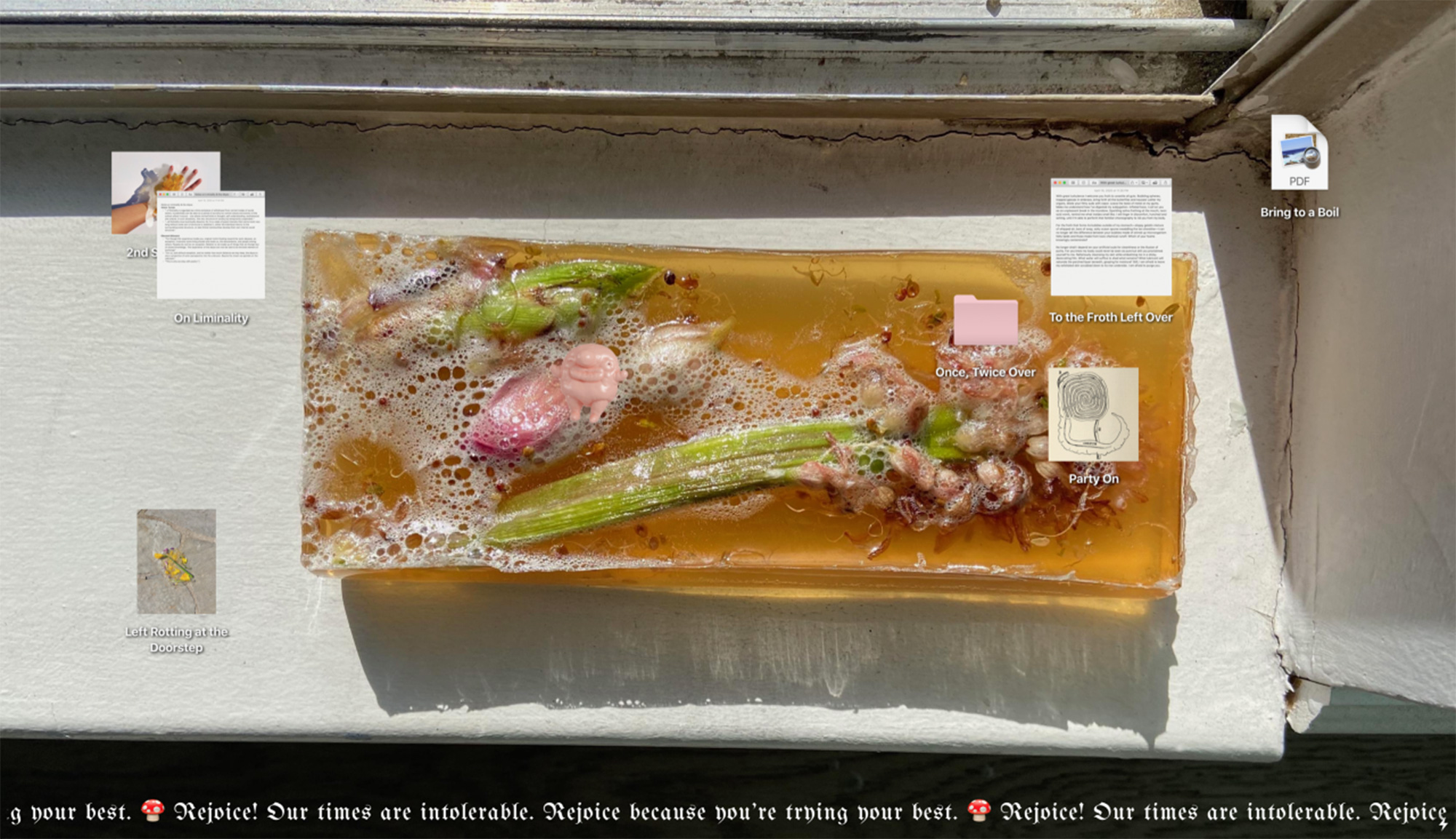
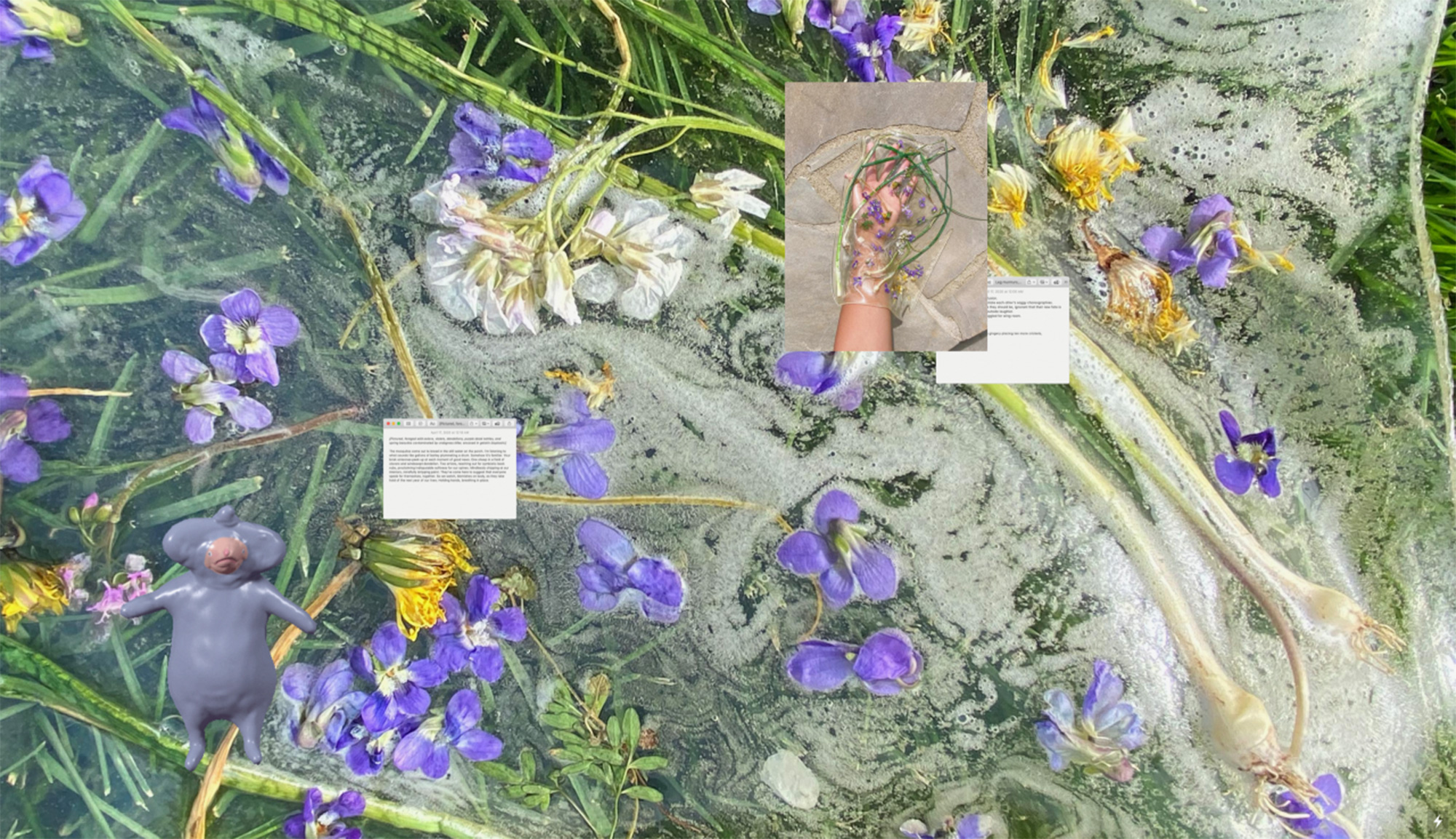
Rid of tactility, Meech Boakye attempts to engage in closeness through the internet. The website — an ongoing, interactive desktop of thoughts, research and documented decomposing objects — allows for curious engagement while maintaining a distance, mirroring the experience of the uncanny these objects are intended to evoke.
Instagram: ghostyboi
Sharon Zhang
Solaire
Installation with augmented reality
Dimension variable
Sharon writes: "This is a journey of Solaire. A fool, who dares to believe something greater. The work Solaire is a series of installations inhabited by digital animations. The installation offers a coincidence between the virtual and the material by using holographic illusions and augmented drawings. It offers an ensemble of improbable scenarios, and plays with the boundaries between true and false, the animate and the inanimate, the authentic and the deceptive, the magical, the wondrous, and the indescribable. My hope is that this new format creates a continuous feeling of an imaginary digital world tightly building upon our real world. It's an augmented reality art exhibition that feels personal — that’s not all about the technology, but about the experience itself."
Eden Frymel
Untitled
Two-channel video installation
7:45
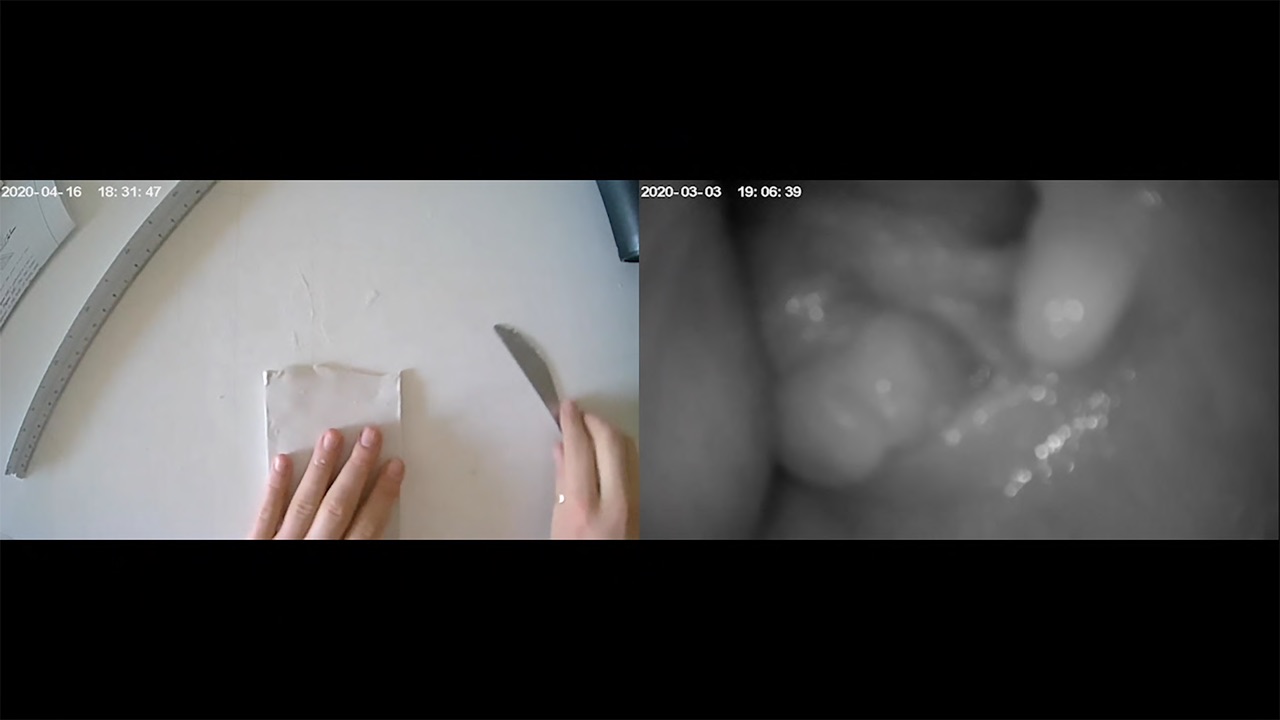
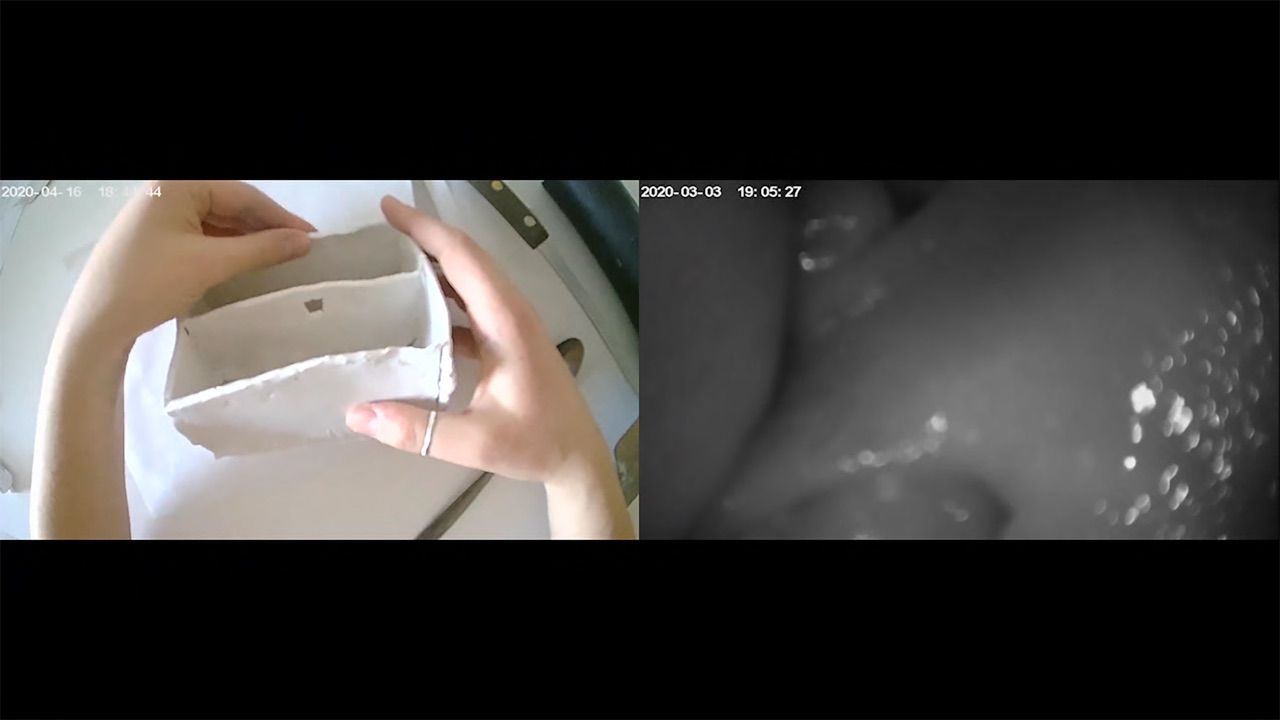
Eden writes: "Within my practice, I have attempted to unpack the ways in which my body is demonized, othered, and 'abjectified' through cultural and religious means, as well as how my identity as this 'abjected' or othered form can be materialized through photography, film, and instillation. My work has centred around ideas that illustrate and recount processes of looking into or at my own body, while at the same time moving away from myself and into image. Through processes of self-reflection, self-commemoration, and physical self-exploration, I have attempted to materialize and at times embody this idea of abject or other, through an exploration of the fragmentation of my body in still and moving image.
"Over the course of the year, my thesis work explored tensions between discourses and regulations placed on my body as a woman, with distinct visual representations of my physical self in still and moving image. In specific, my final work materialized this tension through an investigation into my identity as a Jewish woman, and the abjection and demonization I feel Jewish women face in the laws of “niddah” or family purity, specifically the ritual practice of immersion in the mikvah. A mikvah is a ritual bath, filled with rainwater, used for a variety of 'transformative' purposes, including conversion, immersing newly acquired kitchen utensils, preparation of the body for burial, for women after childbirth, and monthly after their menstrual cycle. My final film placed my visceral body, my material body, what is supposed to be 'abjected' according to Jewish law, externalized and in the viewing space, and contrasted with the strict building codes and conventions prescribed in building the actual mikvah bath. In pairing my 'unacceptable,' 'impure' bodily form with the 'acceptable' and 'pure' structured form of the mikvah, my work seeks to highlight and materialize the departure of my body from the bounds and confines of impurity and abject."

